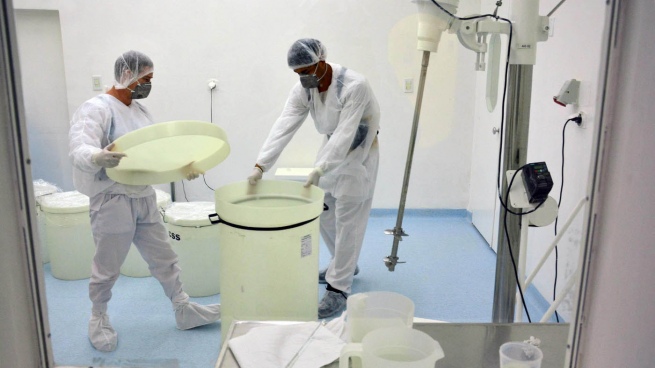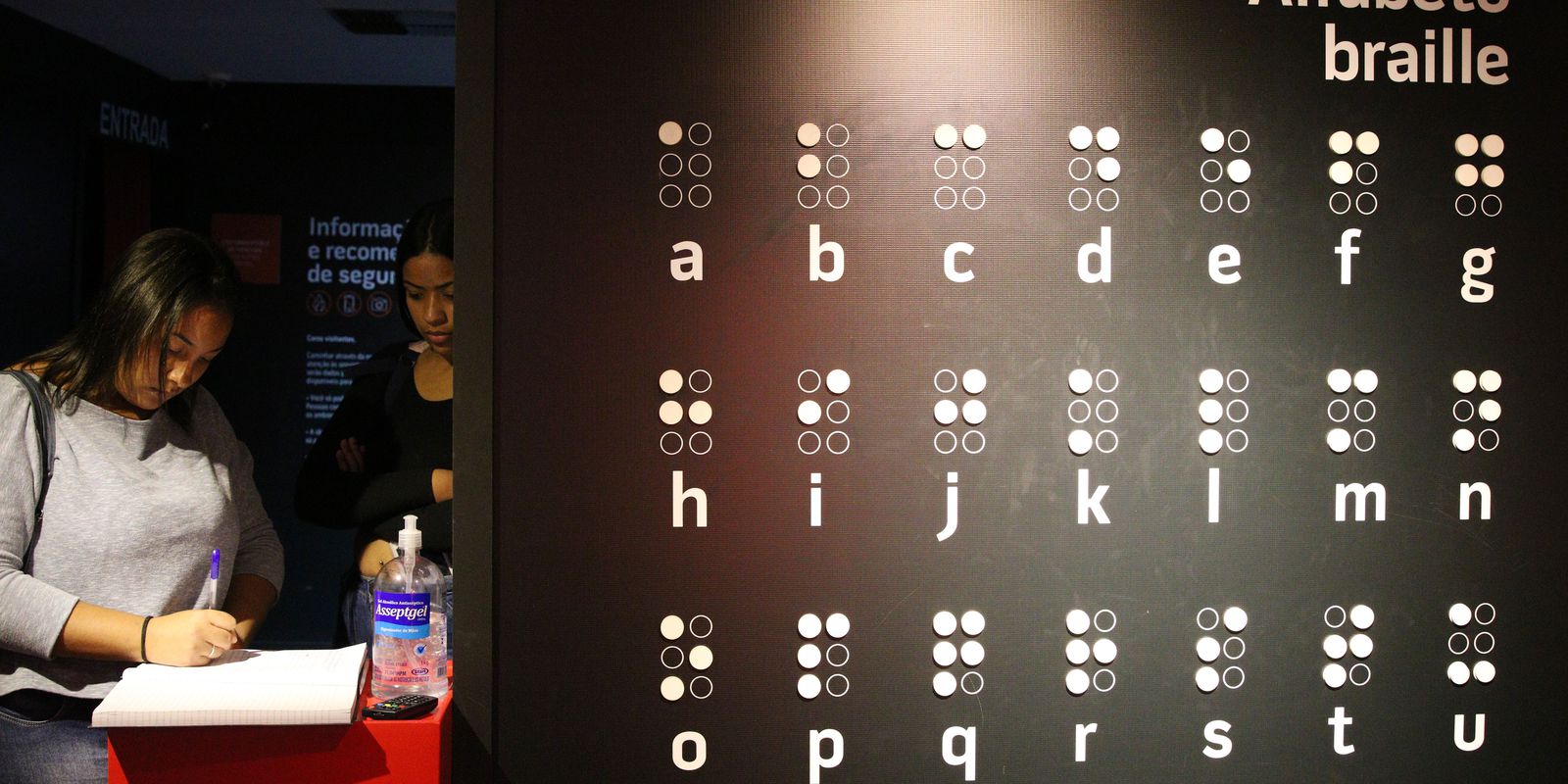The production of biopharmaceuticals increased its development in the last decade, from new companies born from the stimulation of universities, the scientific-technological system and the State, which generated an important potential for its growth in the coming years, with the consequent generation of employment. and foreign exchange for the country.
“Argentina is already part of this revolution in the pharmaceutical industry. 350 laboratories work in our country, of which the majority are national capital companies with industrial plants located in the country,” the Secretary of Knowledge Economy, Ariel, told Télam. Sujarchuk.
He stressed that “also there are experiences of the provinces and municipalities that participate in the drug market with around 40 state drug manufacturing laboratories“.
“We have highly trained researchers with great experience who could generate active ingredients and biotechnological drugs in our country,” Sujarchuk stressed.
“We have highly trained researchers with great experience who could generate active ingredients and biotechnological drugs in our country” Ariel Sujarchuk
He argued that “this would be a fundamental step to deepen the development of the industry and also to continue with the import substitution policy on which we are working.”
On your side, Esteban Corley and Mauricio Seigelchifer, co-founders of the firm pharmADNthey remembered that “In the 1980s, when biotechnology emerged throughout the world, in Argentina it was frowned upon to move from academia to industry”.
Instead they noted that “today not only is it not frowned upon, but the university itself and the scientific-technological systems promote the emergence of entrepreneurship“.
A strategic alliance
Since 2018, these scientists have taught a course at the Center for Protein Redesign and Engineering of the National University of San Martín (Unsam) to pass on their experience as company founders and thus “make the experience of moving from academia to industry less tortuous.”
“Unlike when we started our career in the industry, today there are startup accelerators and groups willing to finance projects. More than a decade ago they didn’t want to give us subsidies for technological development because we were in the private sector,” they remarked.
But During the governments of Cristina Fernández de Kirchner, the National Agency for Scientific and Technological Promotion was given greater impetuswith instruments such as the already existing Argentine Technological Fund (Fontar) and the Argentine Sectorial Fund (Fonasec) created in 2009.
and the last week Congressional sanction of the Bio and Nanotechnology Law was obtained that grants fiscal benefits for the sector.
“These achievements generate enthusiasm and show the effervescence of biotechnology in Argentina. It is not the same country as where we started. The biopharmaceutical industry is booming and has potential that it did not have 30 years ago,” Corley and Seigelchifer said.
The ventures
In this greater development of the industry, several Argentine enterprises obtained financing in the United States.
One of these ventures is Stämm Biotech, which designs microfluidic fermentersobtained an investment of US$ 17 million and employs about 150 people.
For its part, the director of the Inmunova company, Linus Spatz, pointed out to Télam that “there is a huge seedbed of technology-based companies”, and pointed out that “last year the Argentine Chamber of Young Biotechnology was founded and already has 71 companies, from Jujuy to Chubut.”
“I am very optimistic about the future of biotechnology. The present has already changed a lot in the last ten years,” said Spatz.
He also highlighted that “there are investment funds that are investing and that have already made money thanks to many of these companies,” adding that “there are accelerators and incubators and some strong players that are really changing the reality of the sector.”
“This aroused the interest of scientists from Conicet, and many of them are creating their own companies. Argentina’s scientific base has always been very good and continues to be so,” Spatz said.
For their part, Graciela Gutman, Pablo Lavarello and Juan José Pita, researchers at the Center for Urban and Regional Studies (CEUR) dependent on the National Council for Scientific and Technical Research (Conicet), stressed that “the sector shows a strong deficit profile in its international insertion. In 2015 the trade balance deficit reached more than US$ 1,000 million, explained in more than 50% by the import of monoclonal antibodies”.
In a document produced for the Argentina Productiva 2030 program, however, they highlighted that “this process is beginning to show incipient signs of contention as a result of public policies and public-private strategies implemented in the 2010-2015 period.”
They also highlighted that “the expiration in the coming years of a significant number of innovative drug patents generates transitory windows of opportunity to advance in the production of biosimilars to simultaneously meet the needs of the national health system and promote an export strategy with South-South transfer schemes”.
Companies in the sector invoiced US$700 million in 2021 and exported US$200 million
The companies that make up the biopharmaceutical sector invoiced more than US$700 million last year, and generated more than US$200 million in exports, according to figures from the Argentine Chamber of Biotechnology (CAB), whose companies employ 18,200 people and they reinvest 4.6% of their sales in research and development.
Nowadays, the biopharmaceutical segment of the country’s pharmaceutical industry is made up of around 60 companies and business groups of various sizespoints out the Argentina Productiva report produced by Graciela Gutman, Pablo Lavarello and Juan José Pita.
Most of them are companies with national capital, since only 11 are subsidiaries of multinational pharmaceutical corporations that do not produce in the country.
In addition, five national medium-sized companies (specialized or members of pharmaceutical groups) deal with the production of active ingredients together with the formulation of drugs.
Although they outsource some activities, they integrate most of the stages of the biotechnological value chain and are articulated with the national and international science and technology infrastructure.
Some of them are strongly oriented towards foreign markets, since, for example, 80% of the production of proteins from the first generation of biosimilars is exported.
The rest of the companies are located in different stages and segments of the value chain with strategies ranging from the development of market nichessuch as diagnostic kits, to the development of R&D platforms.
A preliminary estimate indicates that the local production of medicines from biotechnological active ingredients produced in the country represents almost 24% of the domestic market; the rest of the demand is covered with imports.
The document by Gutman, Lavarello and Pita highlights “the importance of a policy to promote the local production of biosimilars based on public purchases and import substitution.”
The scientists stressed that “the preliminary analyzes carried out show, on the one hand, the difference in prices that can be achieved by substituting purchases of original drugs for biosimilars, allowing at the same time to reduce the high costs of public health systems and extend its reach to a greater number of beneficiaries”.
They also stressed that “the analysis of price differentials shows that the national purchase policy is a crucial tool with budgetary and market reserve impact to promote local techno-productive capacities.”
“On the other hand, the foreign exchange savings simulation exercise by substituting imports of a limited set of molecules, with potential savings of between US$48 and US$84 million per year, highlighted the possible impacts of a policy such as the proposal, which can be even more significant with export promotion strategies”, they concluded.









